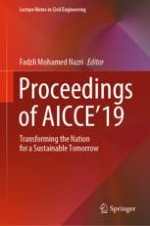2020 | OriginalPaper | Chapter
Rice Husk Ash Derived Sodium Silicate Using Hydrothermal and Convection Heating Methods
Authors : Tze Jhin Tsen, Daniel Kong, Ehsan Zeimaran, Marios Soutsos
Published in: Proceedings of AICCE'19
Publisher: Springer International Publishing
Activate our intelligent search to find suitable subject content or patents.
Select sections of text to find matching patents with Artificial Intelligence. powered by
Select sections of text to find additional relevant content using AI-assisted search. powered by
